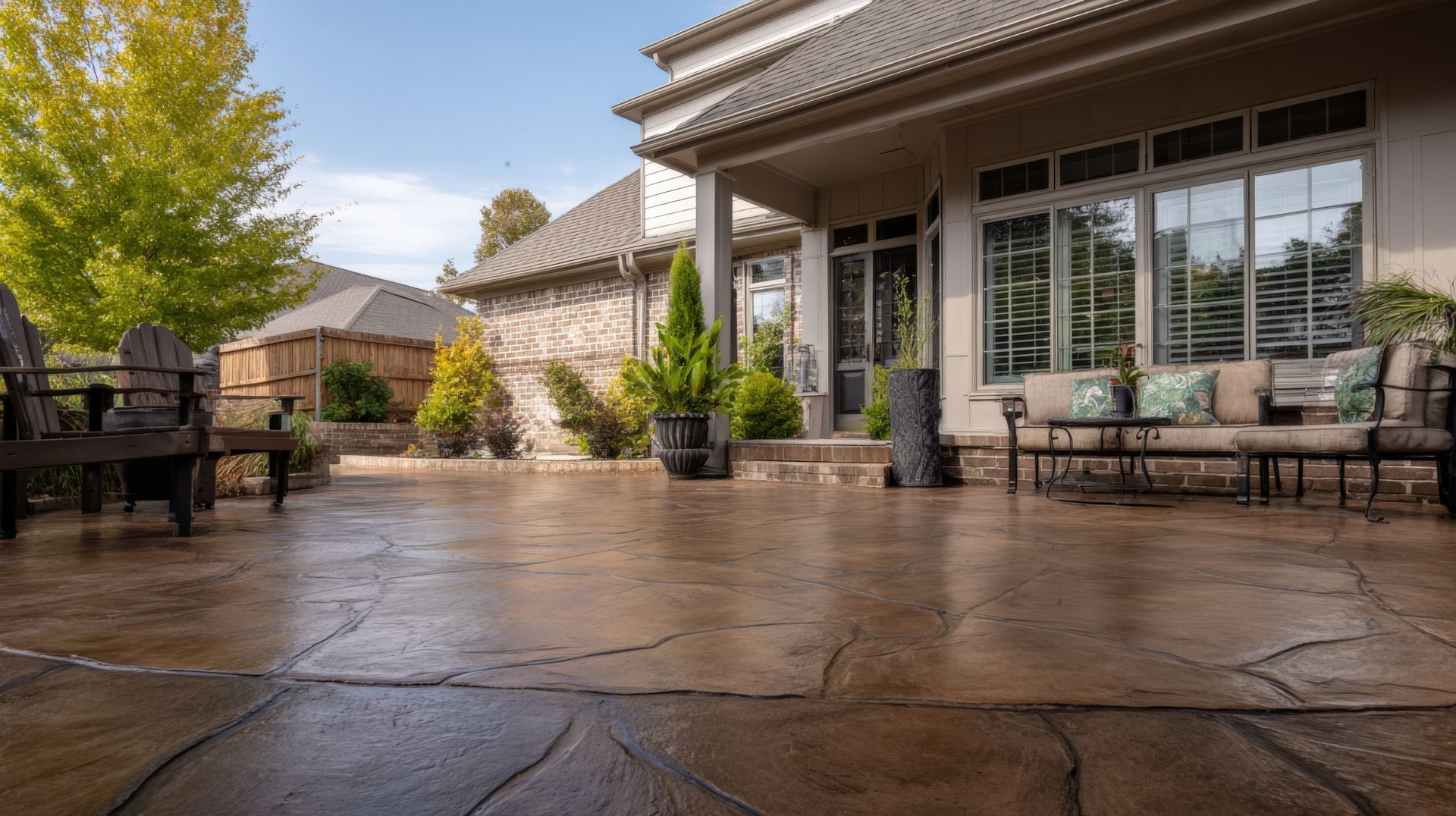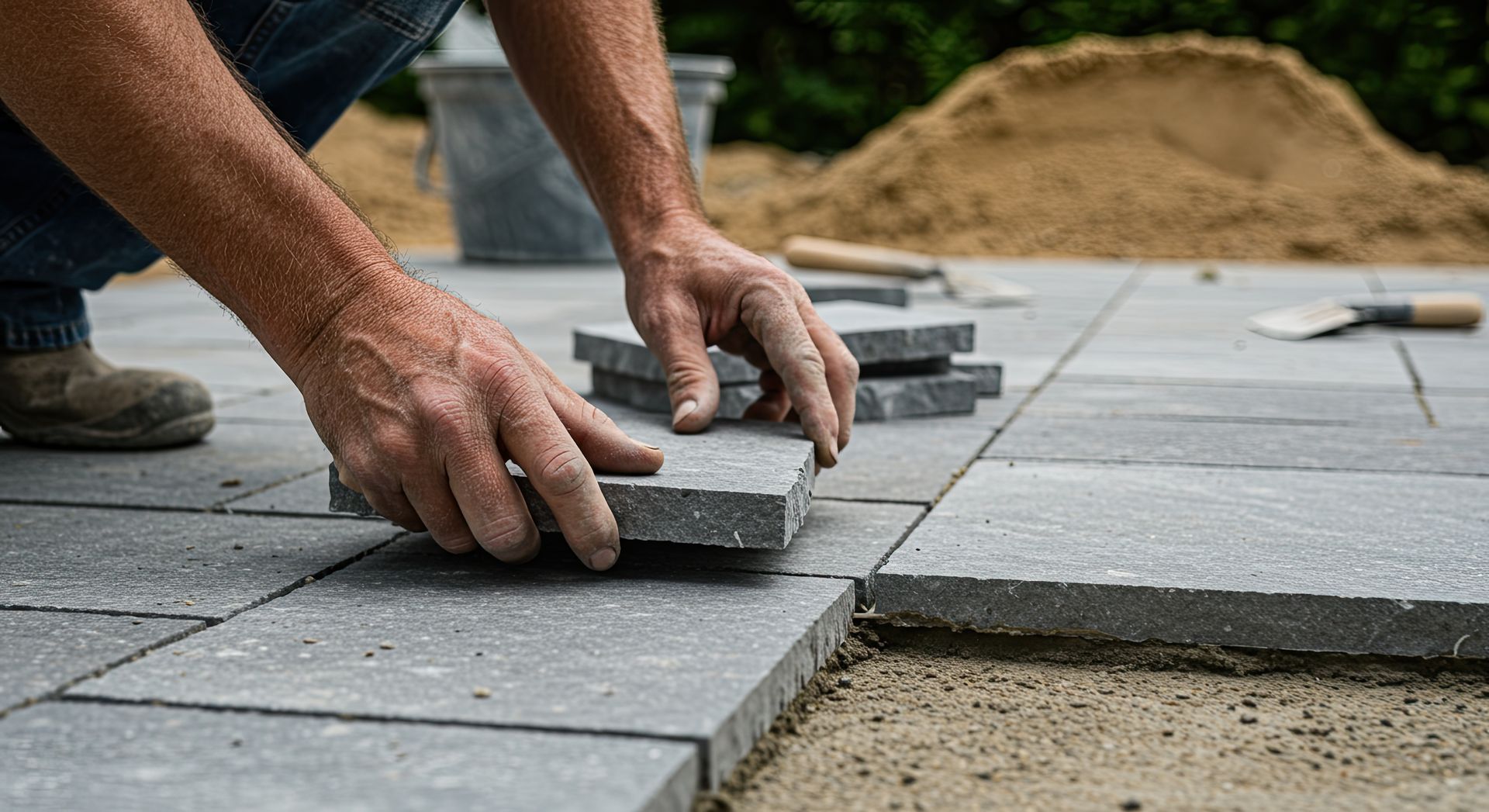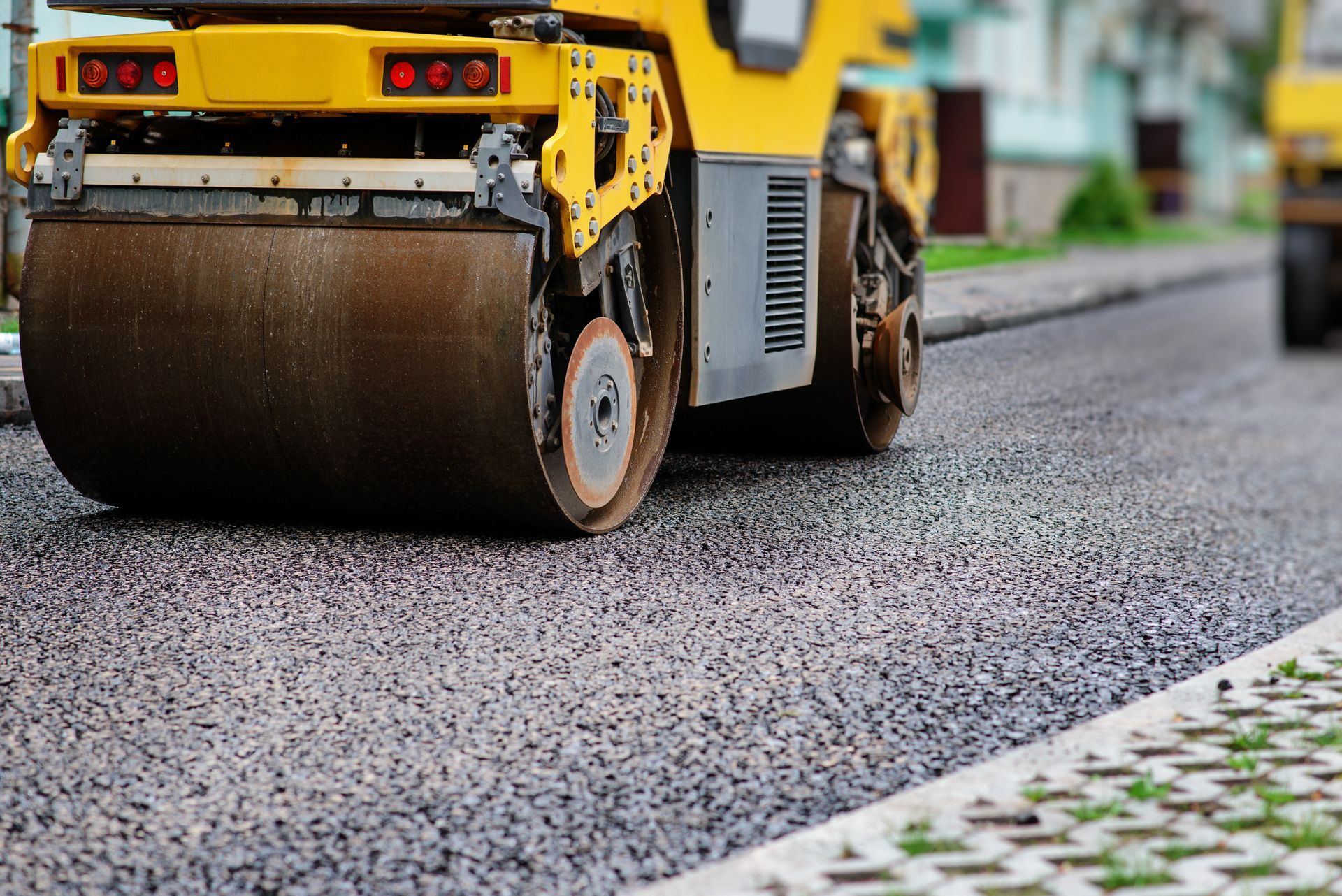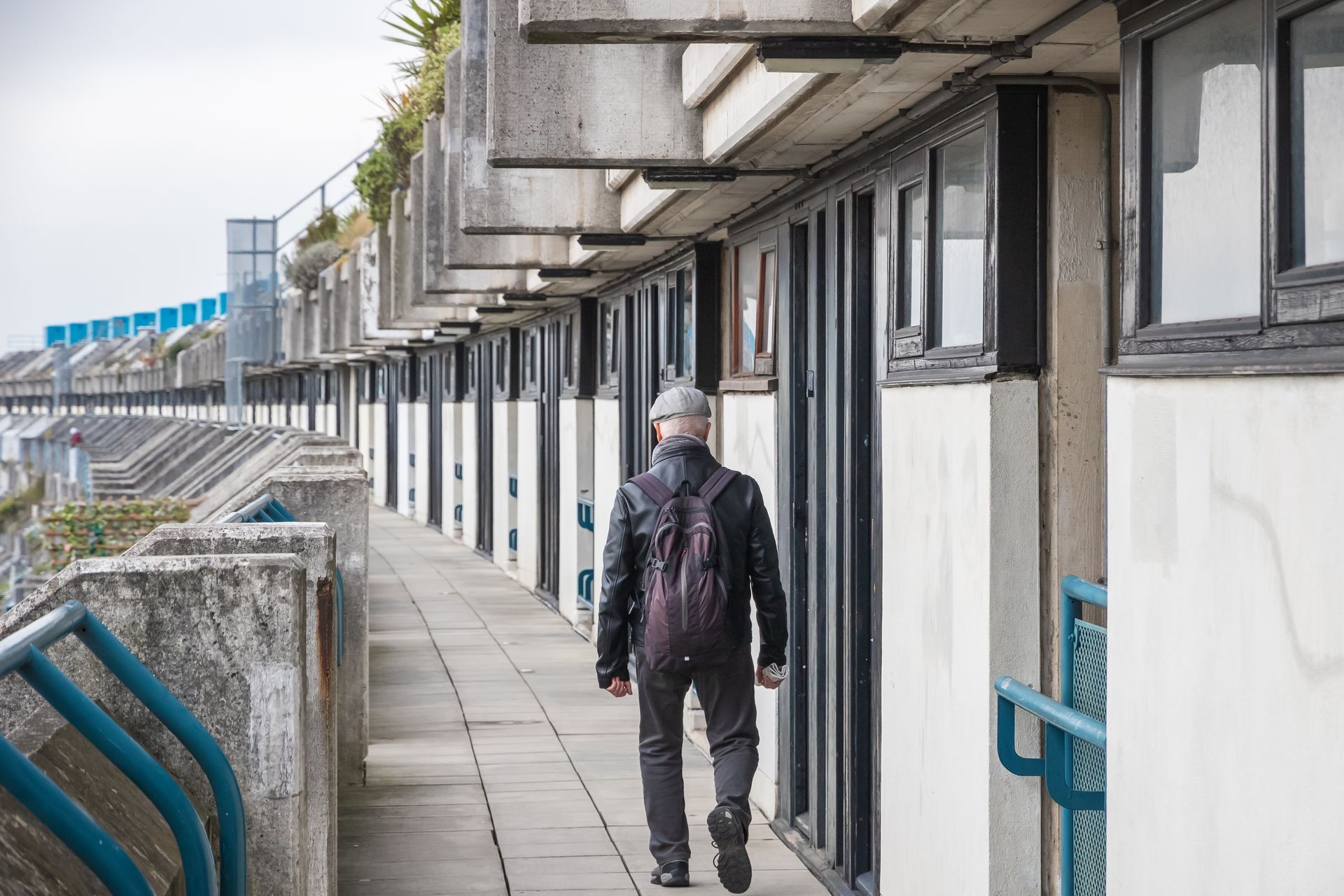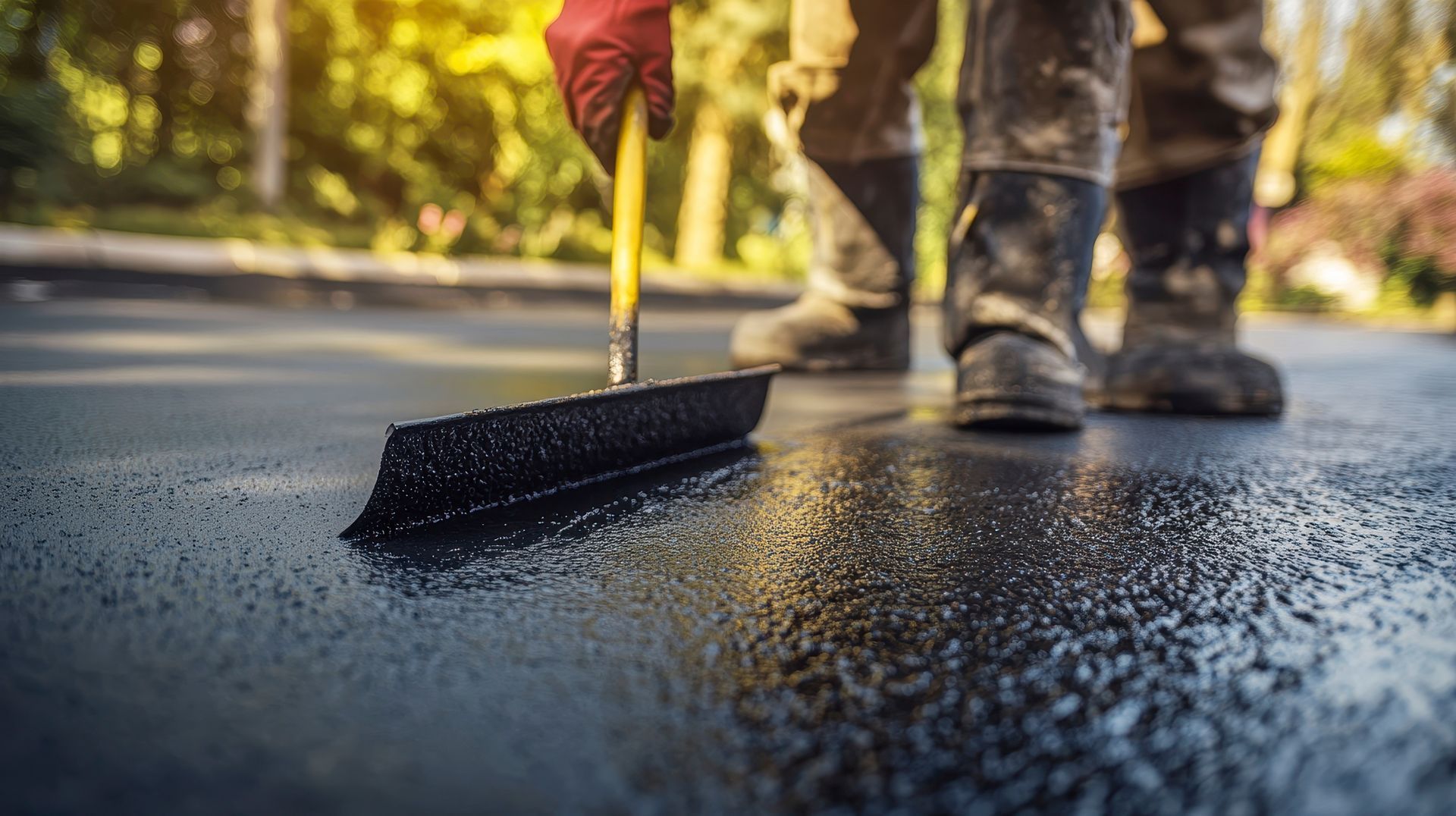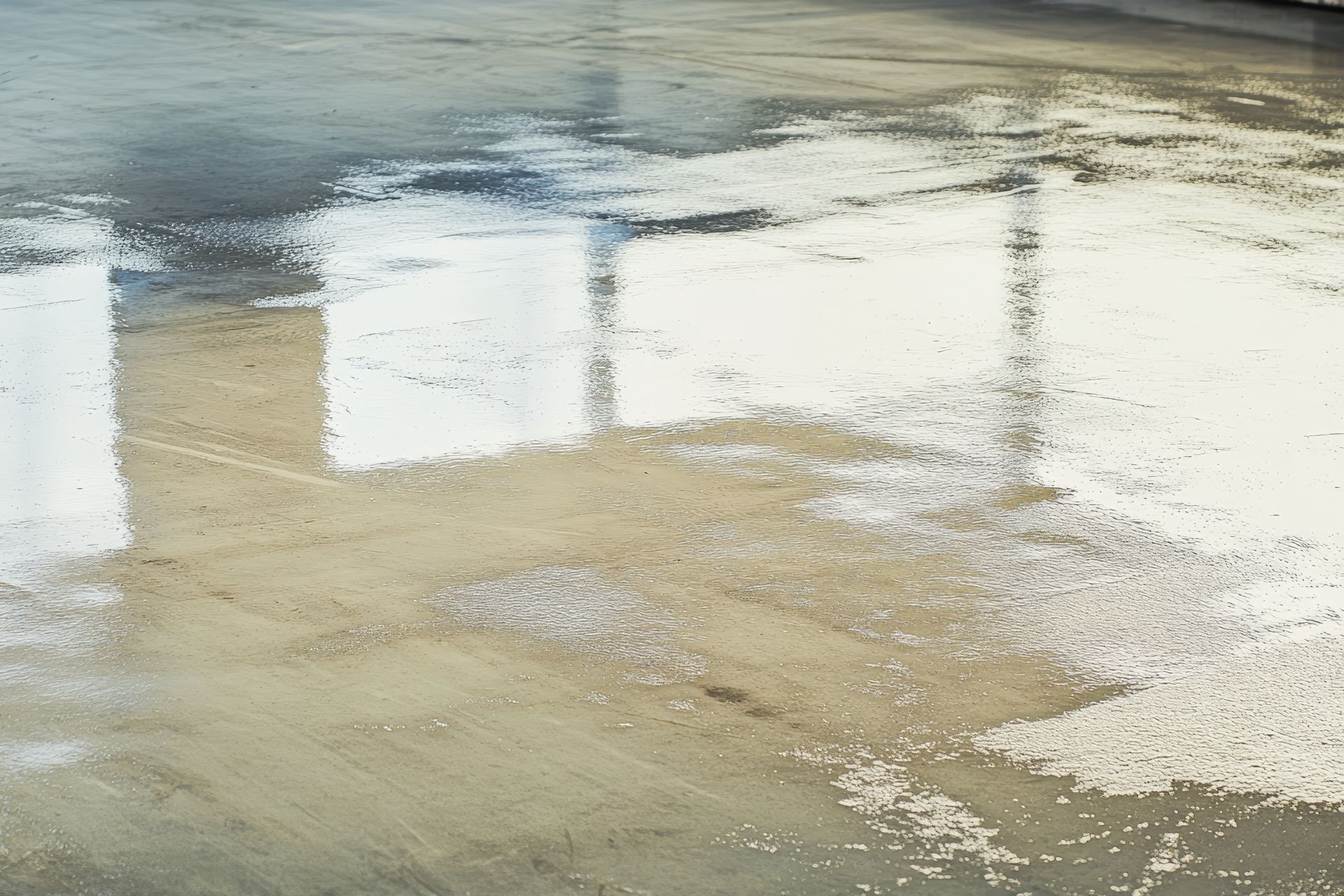
As summer approaches, the heat can pose serious challenges for concrete surfaces, affecting both their appearance and structural integrity. To ensure concrete remains in top condition, proper preparation and maintenance during the hotter months are essential.
This blog will provide a comprehensive overview of effective strategies for summer concrete care, focusing on preventing heat damage, managing expansion issues, and implementing best practices for maintenance to prolong the life of concrete installations.
Understanding Heat-Related Concrete Issues
Concrete is renowned for its strength and durability, but it is not immune to the adverse effects of extreme heat. When temperatures rise, several problems can arise, including:
Cracking
Concrete expands when heated, and if this expansion is not adequately managed, it can lead to cracking. This issue is particularly prevalent in improperly mixed concrete or surfaces that have not undergone adequate curing. Cracks can compromise the overall integrity of the concrete, making timely intervention critical.
Scaling
Scaling refers to the flaking or peeling of the concrete surface, which often occurs when moisture is lost rapidly. High temperatures can exacerbate this issue, particularly if the concrete has not been properly sealed. Scaling not only affects the aesthetic appeal but can also lead to further deterioration if left unaddressed.
Surface Flaking
Rapid temperature fluctuations can cause surface flaking, which results in the outer layer of concrete becoming loose or peeling away. Direct sunlight can intensify this issue, exposing the underlying layers to moisture and environmental damage, which can worsen over time.
Accelerated Curing
For newly poured concrete, exposure to high temperatures can cause the curing process to accelerate too quickly. This rapid curing can hinder the development of sufficient strength, leaving the concrete vulnerable to future damage and reducing its lifespan.
Key Strategies for Summer Concrete Care
To protect concrete surfaces from the intense summer heat, the following strategies should be implemented:
Use a High-Quality Sealant
Applying a high-quality sealant is one of the most effective measures to safeguard concrete from summer heat. Sealants create a protective barrier against moisture and UV rays, helping to prevent heat-related damage. Moreover, they reduce the likelihood of staining and surface wear, ultimately extending the life of the concrete.
How to Apply Sealant: Before applying the sealant, ensure that the surface is clean and completely dry. Utilize a roller or sprayer for even distribution, and adhere to the manufacturer's instructions for drying times and application techniques. Regular reapplication is recommended, typically every 1-3 years, depending on the product and exposure conditions.
Schedule Regular Maintenance
Consistent inspections and maintenance are vital in identifying and addressing potential issues before they escalate. Regular maintenance tasks include:
Thorough Cleaning: Regularly remove debris, dirt, and stains to prevent moisture retention and surface deterioration. A pressure washer can effectively clean the surface, but care should be taken to avoid excessive force that could damage the concrete.
Crack Repair: Routinely inspect for cracks and repair them promptly using an appropriate concrete patching compound. This helps prevent water infiltration and further damage, preserving the integrity of the concrete.
Surface Treatment: Consider applying a specialized surface treatment to enhance the durability, slip resistance, and appearance of the concrete.
Hydrate New Concrete
For freshly poured concrete, maintaining proper hydration is crucial, especially during periods of high heat.
Watering New Concrete: Lightly mist the surface with water several times a day for the first week to keep the temperature stable and encourage proper curing. This practice significantly reduces the risk of cracking and ensures that the concrete achieves its desired strength.
Limit Heavy Traffic During Peak Heat
To minimize stress on concrete surfaces during the hottest parts of the day, it is wise to limit heavy vehicle or foot traffic.
Traffic Scheduling: Plan activities involving heavy loads for the cooler hours of the day, such as early morning or late afternoon. This simple adjustment can help prevent undue strain on the concrete, preserving its condition.
Provide Shade or Coverings
Implementing shade structures can dramatically reduce heat build-up on concrete surfaces.
Using Canopies and Shade Cloths: Installing canopies, shade sails, or utilizing natural shade from trees can shield concrete from direct sunlight. These protective measures minimize heat exposure and help maintain the surface's integrity.
Monitor Temperature Changes
Regularly monitor temperature fluctuations and weather conditions to anticipate extreme heat events.
Weather Forecasting: Keep an eye on local weather forecasts to prepare for heat waves and take necessary preventive actions, such as additional watering or scheduling maintenance tasks.
Preparing concrete for the summer heat is essential for maintaining its durability, appearance, and overall performance. By implementing effective care strategies, such as using sealants, scheduling regular maintenance, ensuring proper hydration, limiting traffic, providing shade, and monitoring temperature changes, concrete surfaces can be safeguarded against heat-related issues.
For professional guidance and tailored solutions for concrete care in the Denver Metro area, contact Creteworx at 720-310-6916 today. Protect your investment and ensure your concrete remains in top condition throughout the summer months.
